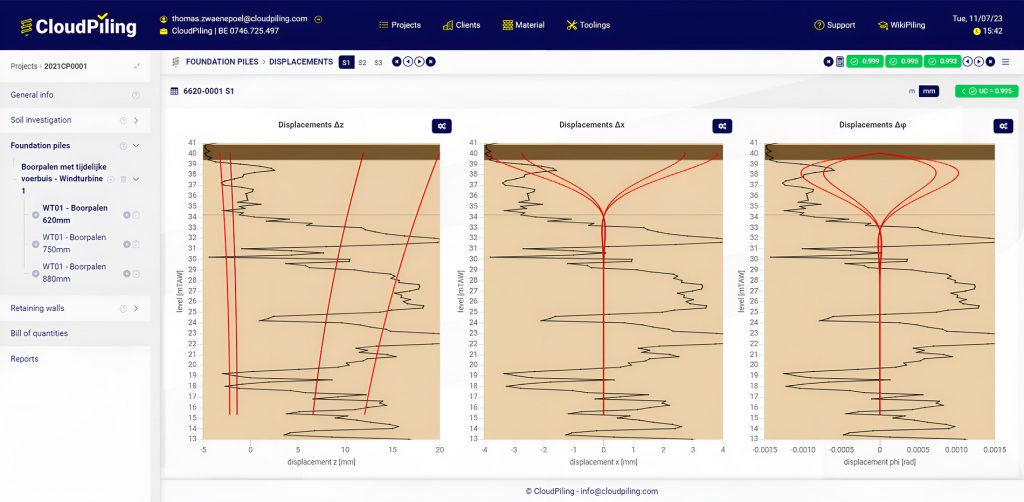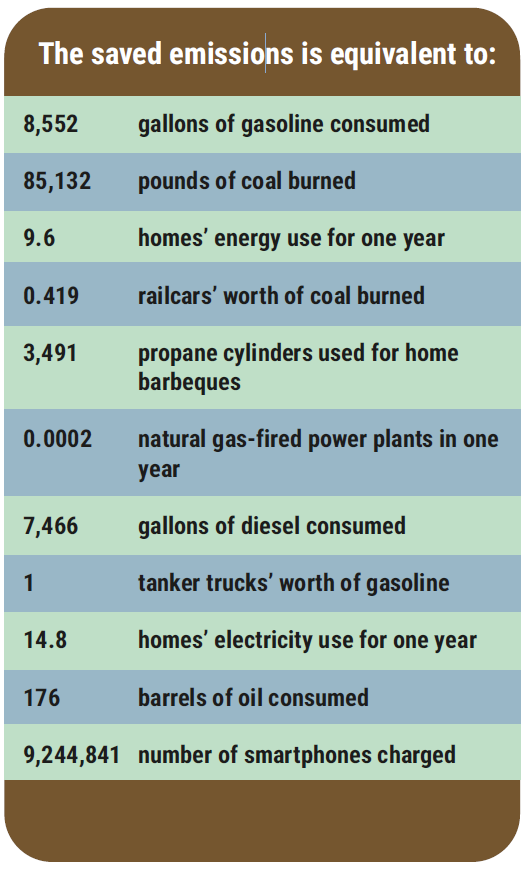Increasing Design Alternatives
Authors: Michelle Vanhove and Thomas Zwaenepoel, Cloud Piling
The Challenge
The construction industry is responsible for 40% of the CO2 emissions worldwide. The deep foundations industry accounts for 20% of those emissions, so more efficient design, reducing volumes of concrete and steel for every project, is crucial to installing more sustainable pile foundations, retaining walls and soil anchors.
The Solution
After extensive analysis, the software developers of Belgium company CloudPiling were able to create a design software that integrates both the vertical and horizontal behavior as well as the structural design of a deep foundation. This will allow the industry to analyze a wide range of alternatives to generate a cost effective, but above all, sustainable design. By applying this software to onshore windmill foundations, the originally envisaged design with a total of 25 Kelly piles (15.3 m [50 ft] long and a diameter of 0.88 m [3 ft]) for each of the three planned turbines could be optimized.
The Benefits
Applying CloudPiling, the reinforcement could initially be reduced by 23% (saving 116 kg [255 lb] of steel per pile), which in turn allowed for a smaller pile diameter, albeit slightly longer (15.9 m [52 ft] instead of 15.3 m [50 ft]). In the end, the total required amount of steel could be reduced by 29% or 11,175 kg (24,600 lb), while the concrete volume was reduced by 28% or 202 m3 (7,100 cu ft).
Apart from the savings in material cost and construction efforts, the total carbon emissions in terms of greenhouse gas CO2 equivalents was reduced by some 76 t CO2e.
76 metric tons of carbon dioxide (CO2) is equivalent to greenhouse gas emissions from 16.9 gasoline-powered passenger vehicles driven for one year



